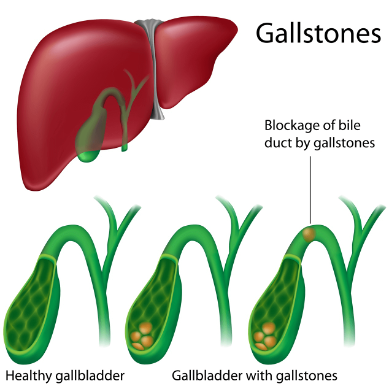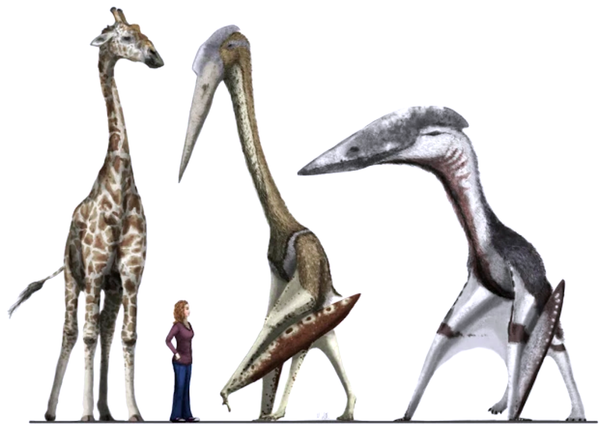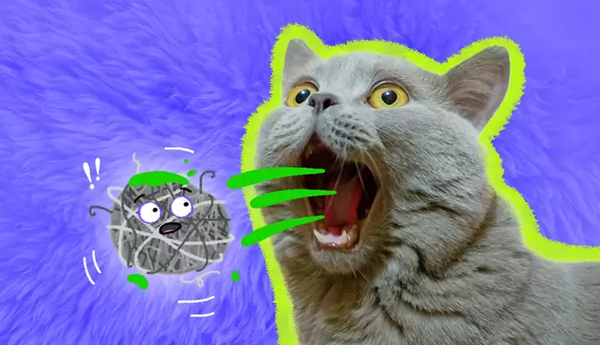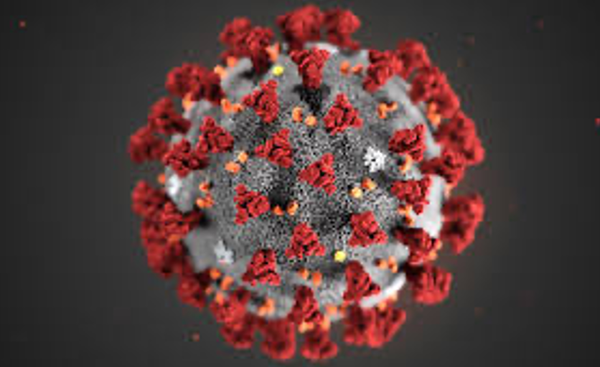Silent Stones with Growing Pains: Gallstones

By Sylvia Wang Y10
Gallstones form when the bile stored in the gallbladder becomes solid and stone-like. These stones are called “silent” because they usually don’t instigate any pain. These small, hard formations can cause discomfort and complications. Gallstones may block bile ducts and cause inflammation of the gallbladder, abscesses, and perforation in the gallbladder.

Quick Intro to Gallbladder
- What does it do?
It plays a crucial role in digestion since it stores bile produced in the liver and secretes it when needed. Gallstones may also be caused by the gallbladder not being emptied regularly.
- Where is the gallbladder?
It is in the right upper quadrant of the abdomen, beneath the liver, and next to the pancreas. In surgeries, it is needed to “flip” off the liver lobes to reveal the gallbladder hidden under the liver.
- What does it look like?
It is a dark green, pear-shaped organ with ducts connected to the liver and pancreas.
Causes, Symptoms and Treatment
Gallstones are usually due to an imbalance of cholesterol, bile salts, or bilirubin (the pigment in bile) in the bile.
Gallstones are asymptomatic 80% of the time which gives their name of “silent stones” as the stones don’t interfere with the gallbladder’s functions. However, in more severe cases, there may be symptoms of:
-Abdominal Pain, such as sudden pain in the right upper part of the abdomen. The pain may spread to the back and occur at the upper middle part of the abdomen.-
-Fever
-Nausea and Vomiting
-Other digestive problems
If the gallstones cause no symptoms, treatment is usually not necessary.
If the pain continues and intensifies, some treatments include:
-Dissolution therapy. Many may choose to orally intake the drug that dissolves the stones or inject the drug directly into the gallbladder.
-Removal of the gallbladder (cholecystectomy) After the gallbladder is removed, the bile will drip from the liver to the small intestine. This surgery can relieve pain and discomfort but is an elective treatment.
In any case, dietary and lifestyle changes such as eating a healthy diet and cutting down on fat are very helpful.




